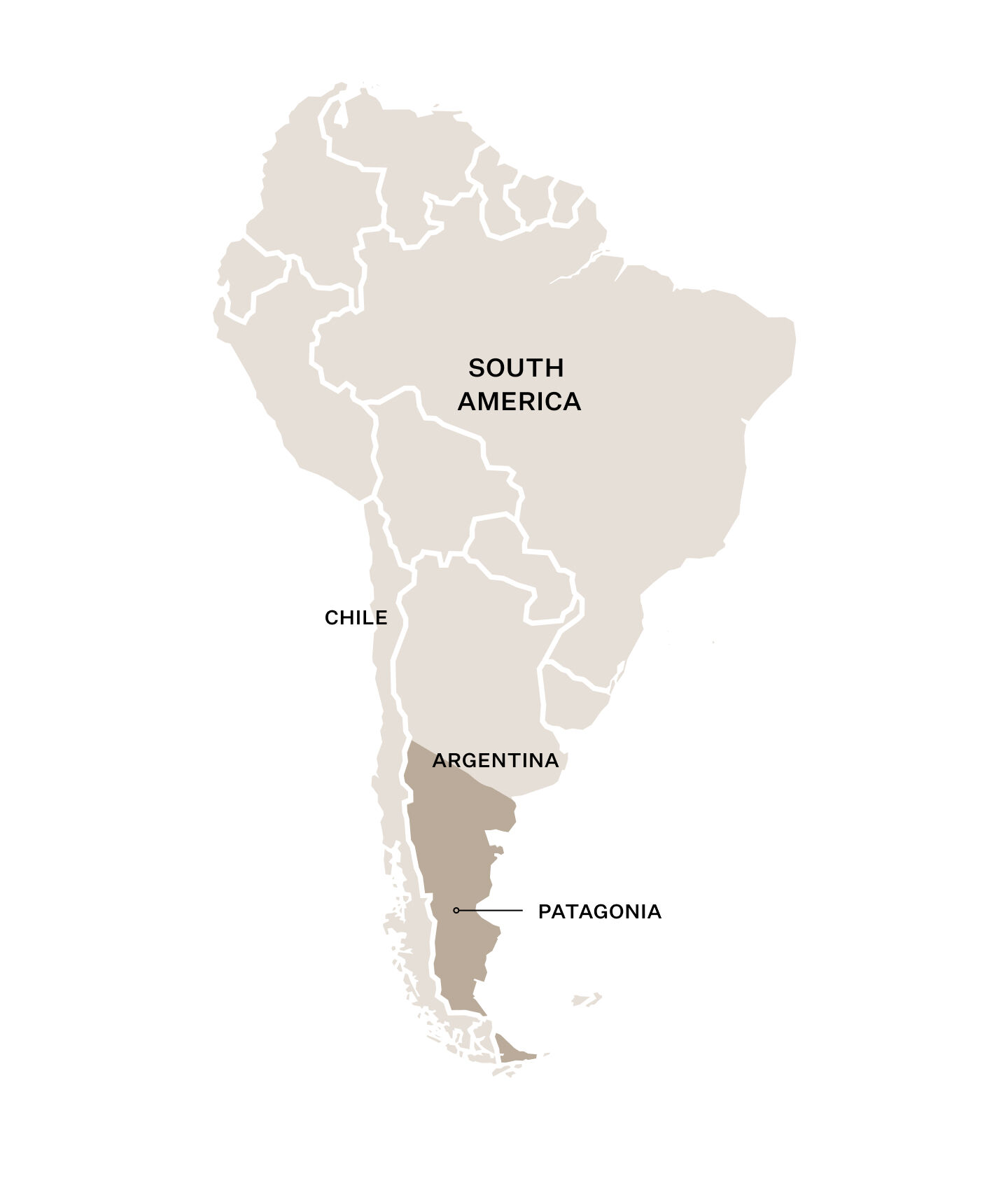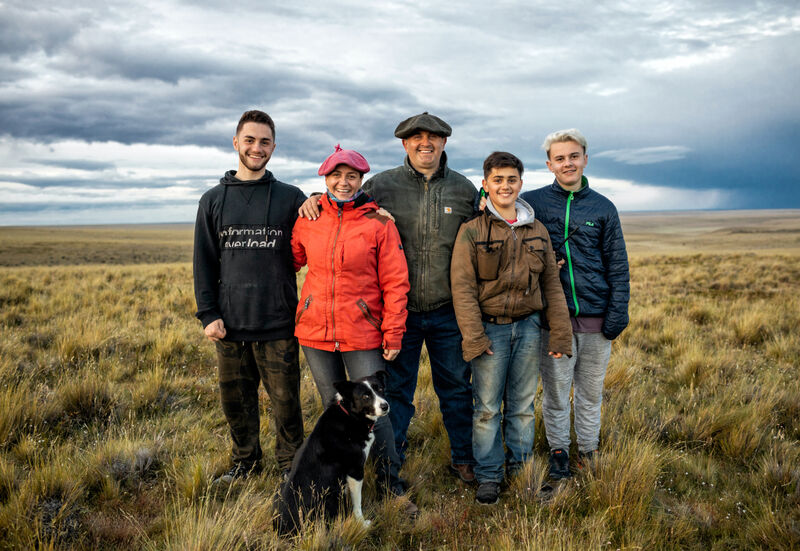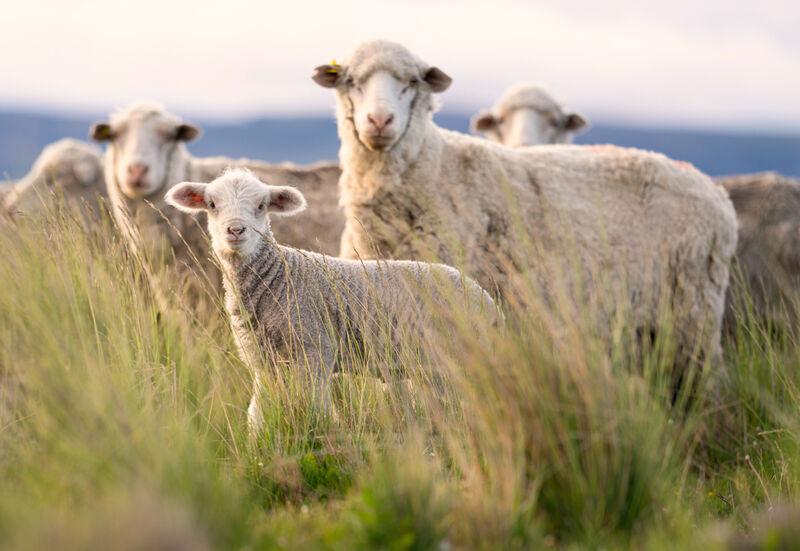Wool That Fights Climate Change: Regenerative Farming
First we launched Responsible Wool. Now we're proudly offering Regenerative Wool, a fiber that's actually helping to restore grasslands in Patagonia and fight climate change.
It's one way we're ensuring a sustainable future for the next generation.
MIMICKING NATURAL PATTERNS
Through our purchasing practices, we’re supporting regenerative farmers who use progressive animal welfare and land management policies, allowing sheep to graze in ways that emulate the natural patterns of wild migrating herds.
“Nature’s design is so perfect that if we start trying to mimic nature, we find that some decisions solve several problems at the same time.”
—Pablo Borrelli,
Co-Founder of Ovis 21
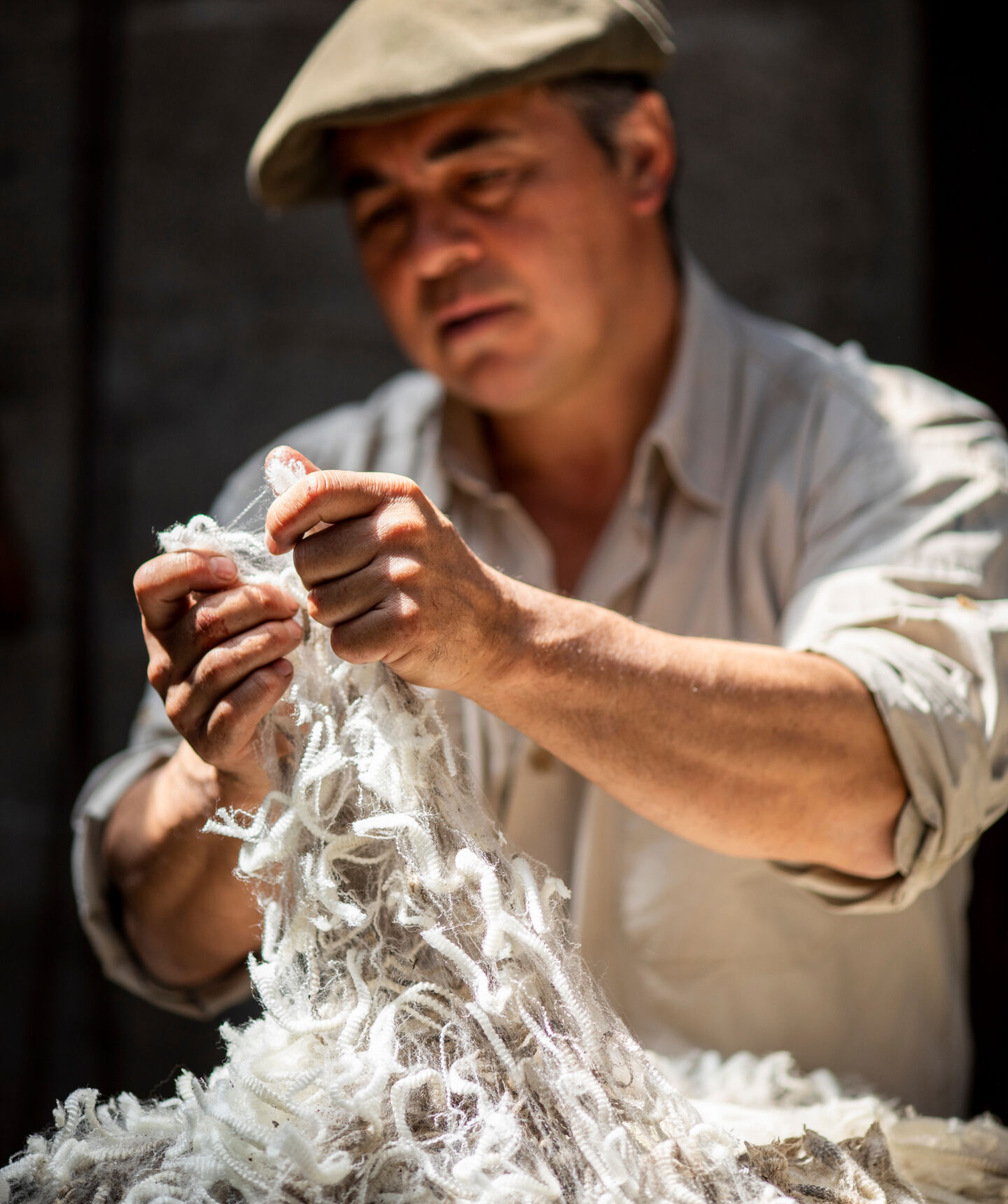
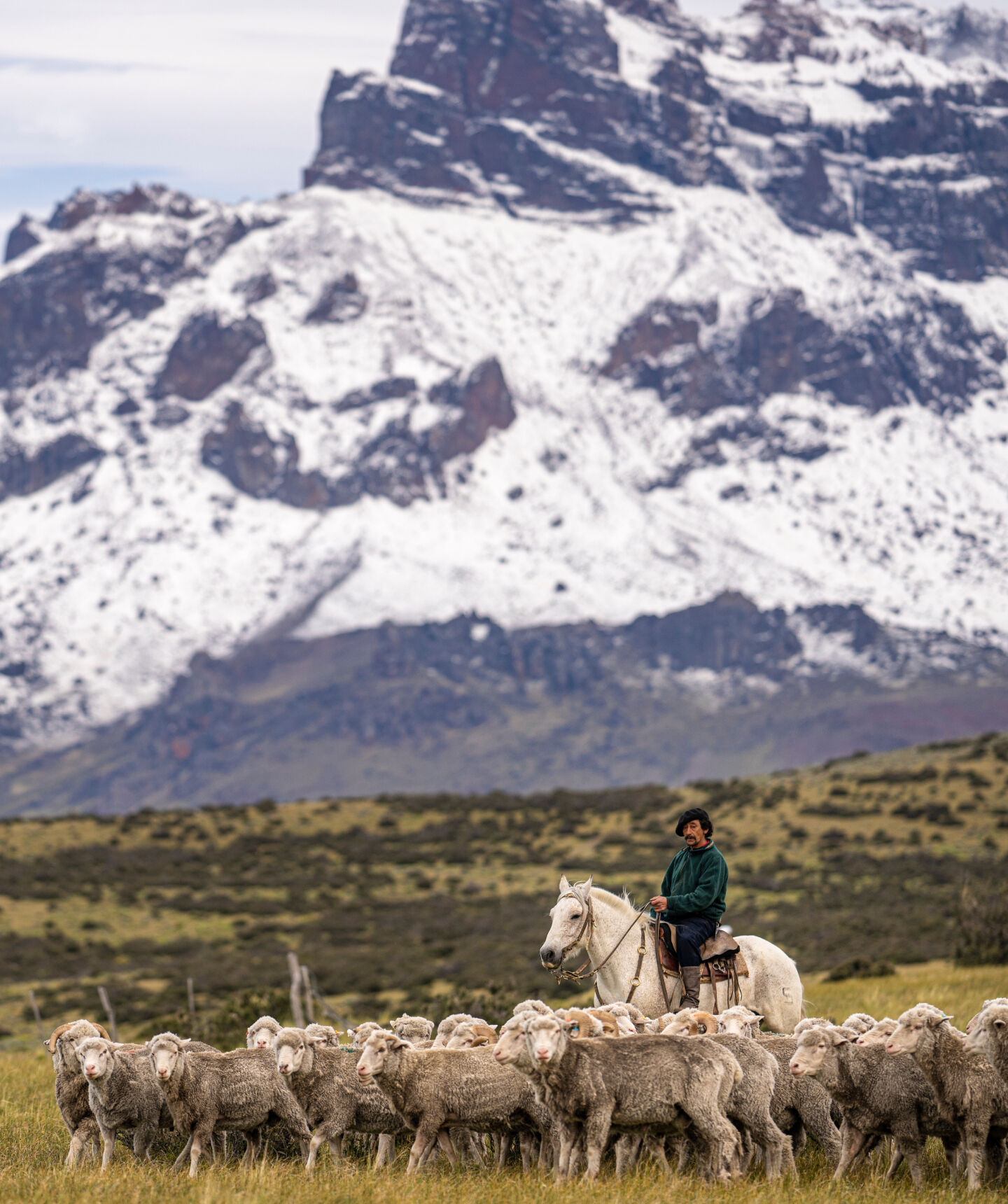
HOLISTIC MANAGEMENT
Overgrazing and conventional ranching have led to soil erosion and desertification in much of the region.
But sheep, once seen as a problem, are providing a solution for land degradation. When managed holistically and rotated between pastures, their grazing helps to aerate the soil and add nutrients and carbon back into it. This in turn allows new life to grow—and animals and plants to thrive together.
A VITAL ECOSYSTEM
Grasslands absorb excess carbon from the atmosphere and store it in the soil. In the face of global warming, these unique ecosystems are more vital than ever—grasslands, resilient carbon sinks, are less impacted by drought and wildfires.
By working to restore grasslands in Patagonia, we can regenerate the natural systems that support life on our planet—and help mitigate climate change.
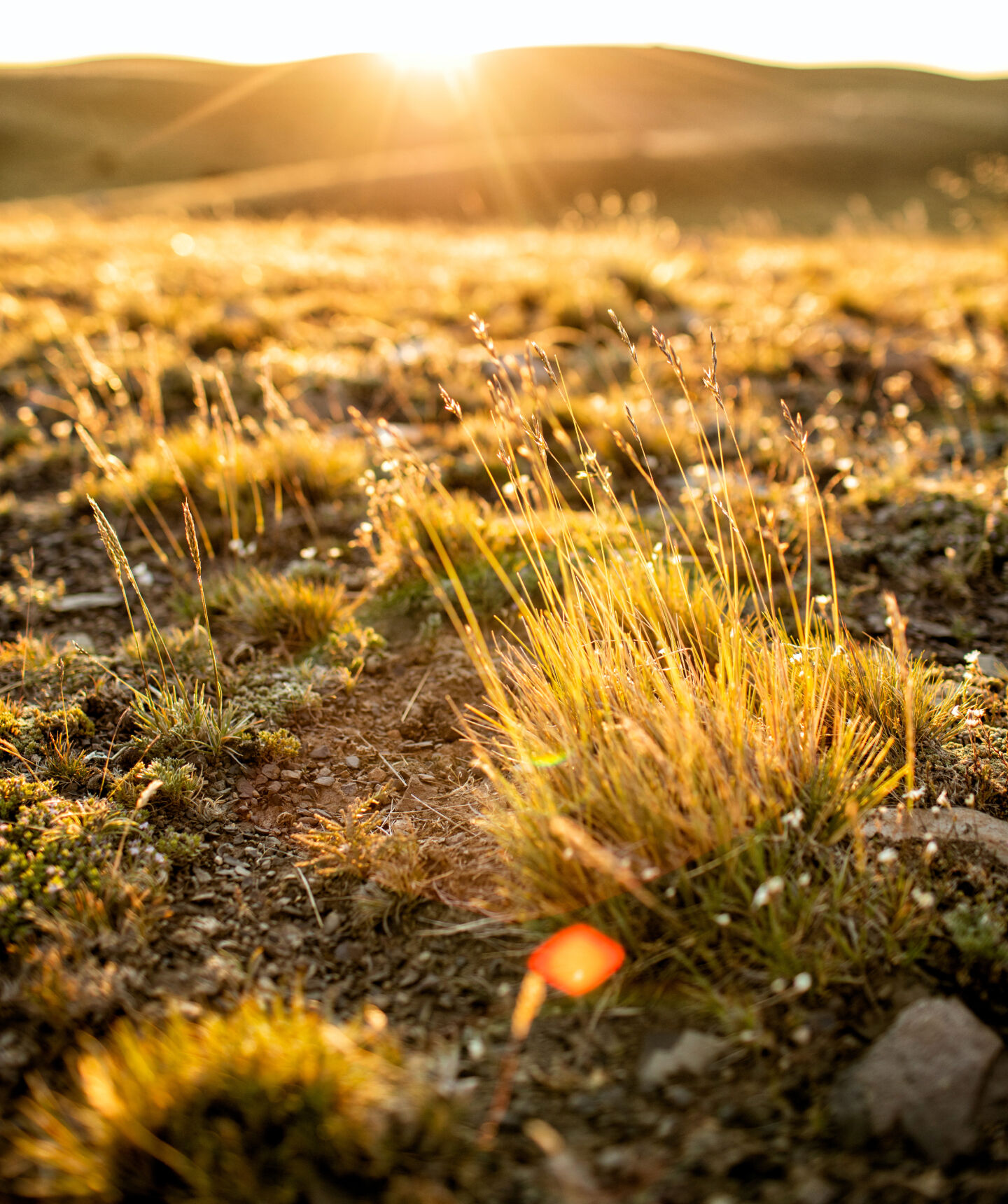
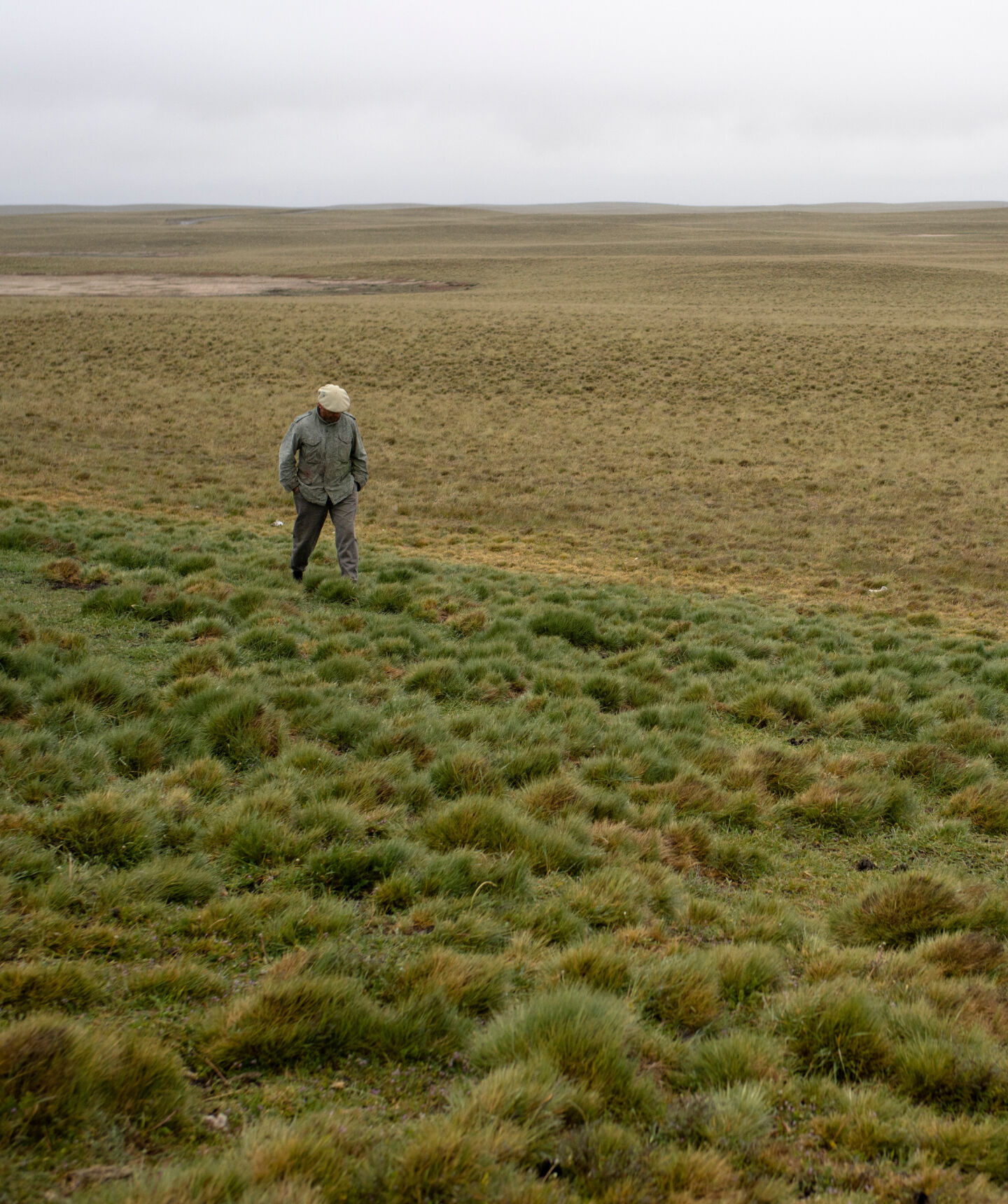
The vast grasslands of Patagonia, located in southern Argentina and parts of Chile, span an area the size of Alaska.
